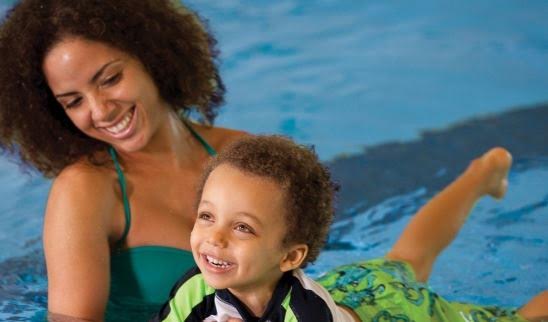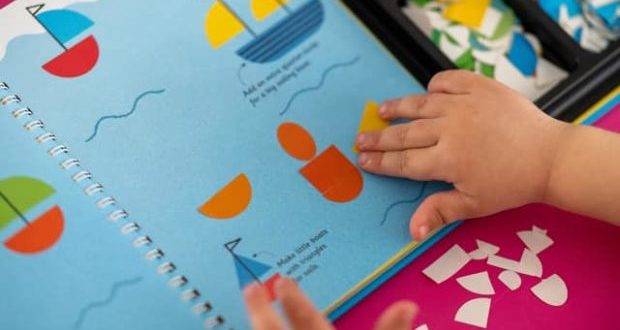How To Teach Your Children To Swim Safely
Swimming is a skill that will stay with your child throughout their life. Learning to swim is both a recreational skill, such as riding a bike, as well as a safety skill to prevent accidental drowning.
Plus, there are five children emergency room visits for near-drowning events for every child that drowns.
Learning how to swim is great. Learning how to swim safely is even better.
Here’s how to teach your children to swim safely.
Warn of Head Injury Hazards
Diving is a serious risk that can lead to head and spinal injuries and drowning. Shallow-water diving injuries can be fatal.
They are often caused by diving head first into a swimming pool or natural waterways such as a river, lake or pond. Children need to be aware they can hit their head on the bottom of a pool or accidentally hit a submerged object, such as a rock or tree stump.
Also, slips and falls can easily happen when surfaces are wet. It also doesn’t help that people are usually in bare footed while swimming.
Hitting their head during a slip and fall is easy. Either type of accident can lead to unconsciousness and drowning.
Rocks, edges of decks, docks and boats, shallow water and even other swimmers can lead to a serious head and spinal injury.
Hypothermia Hazards
Your body operates normally at 98.6 degrees Fahrenheit. However, even on hot days, warm swimming pool water can be around 20 degrees colder than what your core temperature needs to be.
When your core temperature drops, it’s known as “hypothermia.” The symptoms of hypothermia include shivering, confusion and clumsiness.
Muscle coordination and strength also suffer. Plus, the symptoms can come on gradually without being aware of it until it’s too late.
Children are even more susceptible to hypothermia in situations where adult swimmers are fine. At the first sign of being cold, such as shivering or a bluish tint to the lips, your child should get out of the water and get warm.
Get Swimming Lessons
Starting with basic professional swimming lessons should be one of those things every child participates in. It should be like driver’s education courses and health classes in school.
There are many toddler swimming lessons available, but a basic swimming safety course should be first.
After that, your child should participate in specialized swimming classes based on your region. If you live in or visit areas where your child will swim in the ocean, then recognizing and handling hazards such as rip currents, jellyfish stings and waves should be taught.
If you live in a climate that dips below freezing, then self-rescue tactics for cold-water submersion should be taught. Eventually, your child could advance to lifeguard level and make some extra money during summer vacation.
Use Examples of Risk
News stories of swimming tragedies typically begin during the annual swimming season of summer.
However, there are often swimming pool drowning and diving accidents as well. These tragic events are an excellent opportunity to open a dialog with your child about what actions to take to prevent the tragedy from occurring in the first place.
Discussing these events can lead to critical decision-making skills that may help avoid peer pressure situations in the future that could lead to an accidental drowning. If you visit a local public swimming pool, teaching your child to look for the lack of swimming safety in others can also help.
Real-life examples are great at punctuating safety lessons.
Swimming safety should be on the priority list of things you want to teach your children. Even if you don’t have a swimming pool or don’t live near any bodies of water.
The need to know how to swim well is essential, learning the fundamentals of safe swimming and developing solid swimming skills early is a benefit for every child.
Less we forget, learning how to swim safely is fun.
Get some more tips on allowing your kids to enjoy swimming safely.






